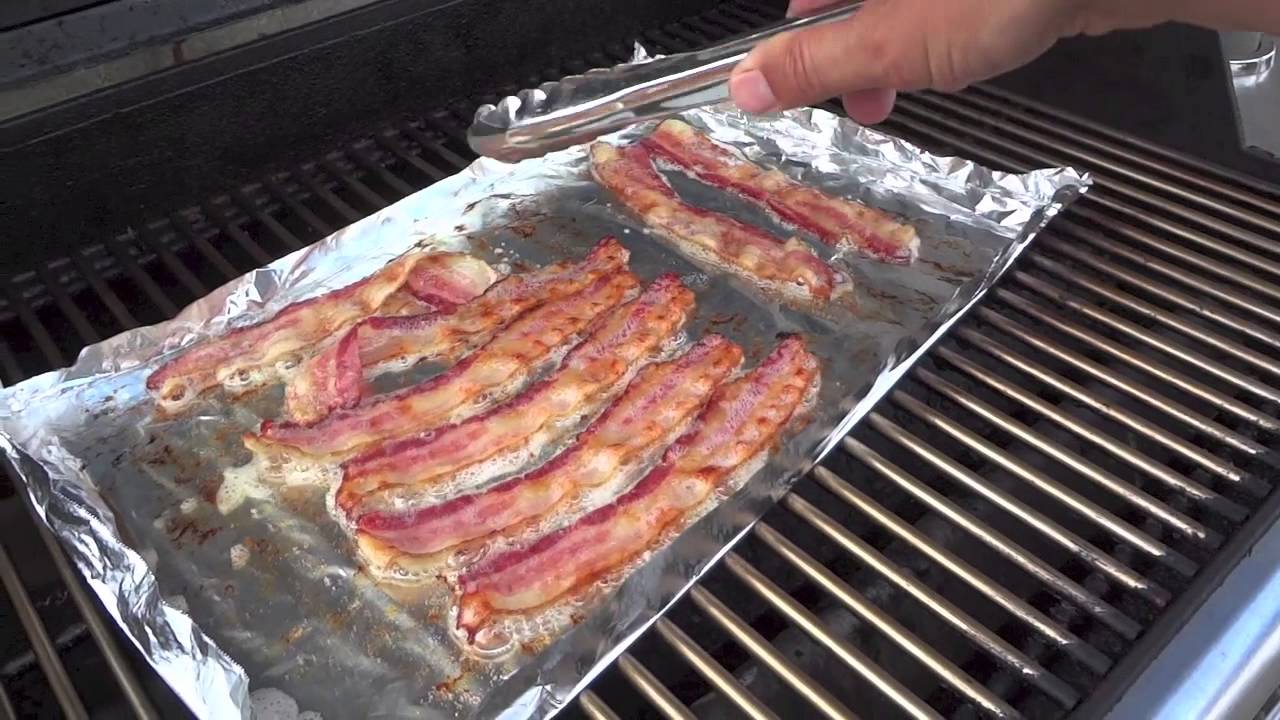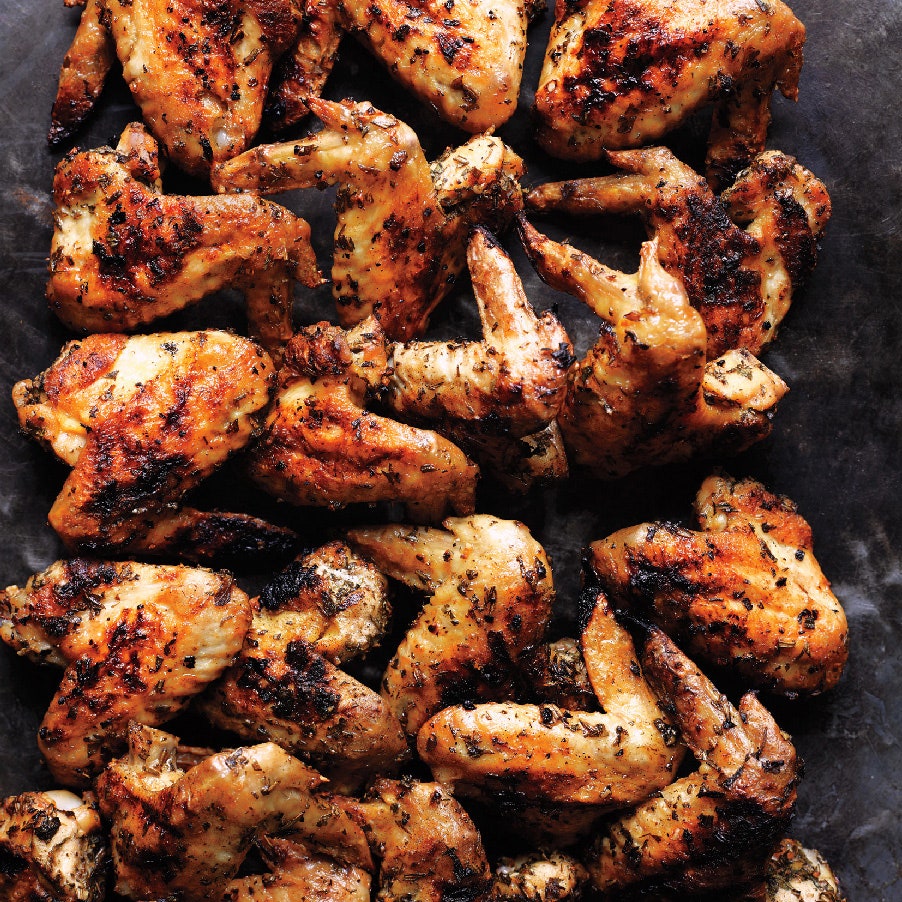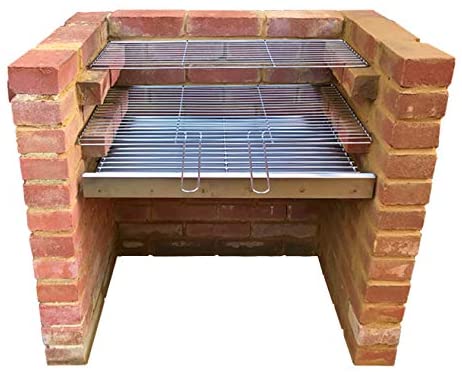
You may be wondering what the difference between a broiler and a grill is. Each has its own advantages and disadvantages. For those who prefer to cook at home in comfort, grilling is often more convenient than broiling. Grills, however, can only be used for outdoor cooking. A typical grill costs about double the price of a broiler oven.
There are differences between grilling or broiling. Grilling is suited for high-heat, intense roasting and a distinctive smoky flavor. Broiling is a better option for cooking indoors on a rainy or snowy day. In addition, broiling requires fewer preparation materials. Grilling requires more ventilation so broiling is an excellent option for indoor cooking.

The high heat of a broiler promotes browning as well as caramelization. The broiler can burn and dry quickly so pay attention. Broiler works best for smaller cuts of meat. Broiling is better for smaller cuts of meat than grilling, but won't produce that famous grilled flavor. Despite its shortcomings, a broiler is an excellent option for many.
Although both broiling and grilling are similar cooking techniques, they are different in Canada and the US. Grilling involves a direct source of heat, whereas broiling requires water heated to boiling temperatures. The main differences between the two methods are in the heat source as well as the direction of the flame. Consult an expert if in doubt about which method you should use. Broiling is a faster way to achieve better results.
Remember that both grills and broilers use high heat to cook food. Although both methods entail watching food carefully to ensure it doesn't burn, they have their benefits. There are pros to grilling that are more obvious. But a broiler has more versatility and can take in larger portions. Both broiling and grilling produce crisp, caramelized and grilled results. But both require the expertise of a professional chef.

A simple method for grilling is to use two zones of heat - one medium-hot and one medium-low zone. If you're using charcoal for grilling, make sure one side of your grill is hotter than another. A gas grill is easier to use: set one burner on high and another on low. Once your food reaches medium-high heat, you can turn it on the medium low side to finish the cooking.
A key benefit of a grill is that the flames are more controlled than with a broiler. Flare-ups can easily scorch food items, leading to a burnt taste. If you want to prevent this, keep the door slightly open. You should keep the lid of a broiler open during cooking. To avoid flare-ups, protect your grill from the wind.
FAQ
How can you get motivated to cook well?
When you cook with your family and friends, cooking is enjoyable. It is easier to cook for yourself than for others. If you want to be motivated to cook, try making something new. This way, you will learn about new ingredients and techniques. It's also possible to use recipes from other cultures in order to broaden your culinary knowledge.
What are some basic cooking skills?
Basic cooking skills include the ability to read recipes and measure ingredients. If you want to be able to cook for yourself, then you need to learn these basic skills. Cooking can be a great way of saving money, as you don't need to go out to eat all the time.
What should a beginner cook start with?
Beginners should begin cooking simple dishes like soup, pasta, and rice. For those who want to learn how cook, a recipe book is a good option. Cooking with friends is much more enjoyable. Have a group of friends cook, or cook together.
Statistics
- In the United States, the category is estimated at $23.2 billion annually and is growing faster than the market. (washingtonpost.com)
- under 10 Kids have been taught that there is special food just for them, and Fiese says that 10 percent of kids will throw a tantrum if they don't get the food they want. (washingtonpost.com)
- On average, chefs earn $58,740 a year, according to the BLS. - learnhowtobecome.org
External Links
How To
How to make an omelet that is perfect
Omelets are one of my favorite foods to eat at breakfast. But how do they turn out so perfectly? I've tried many different methods and recipes, but none of them seem to work! Today, I'd like to share some tips with you in order to make delicious and fluffy omelets every day.
We should first know that eggs are very temperamental ingredients when making omelets. You must get them fresh, organically, and keep them cold until you cook. If they are not kept cold enough, the whites won’t form properly. The yolks will also break down too quickly and become runny. This causes your omelets to look oddly colored. If you intend to cook your eggs immediately, it's best to use room-temperature egg.
You can also separate the egg before you add it to the pan. Because this could cause your omelet to become curdled, you don't want any yolk to be mixed with any white.
You could end up burning the bottom half of the egg if the egg is added directly to the heat source. Instead, put the egg in the microwave for 10 seconds before putting it into the pan. The microwave heat cooks your egg just right, without it becoming too soft.
Next, let's discuss mixing the eggs. Mixing eggs together is important. You need to beat them well. To do this, grab the bowl of the mixer and turn it upside down. Next, shake the bowl vigorously. This way, the air inside the bowl gets whipped around and mixes the egg thoroughly.
Now comes the fun part: adding the milk to your mixture. The first step is to pour half of the milk in the beaten eggs. Next, fold the eggs into the remaining milk. Do not worry if you see streaks of egg; they will disappear when the omelet is flipped.
After you have folded the eggs, heat the oil in a pan over medium heat. Once the oil has started to sizzle, turn the heat down to low. When the oil is hot enough, add 1/4 cup butter to the pan. Stir it around until the butter covers the entire pan. Next, carefully open the lid and sprinkle salt into your pan. An additional pinch of salt will prevent the omelet form sticking to your pan.
Once the omelet forms, cover the pan again. Let the top side set completely. Flip the omelet with a spatula, or flip it upside down. Cook the opposite side for another minute. Take out the omelet and place it in a bowl.
This recipe is best made with whole milk. However, it can also be used with skimmed milk.